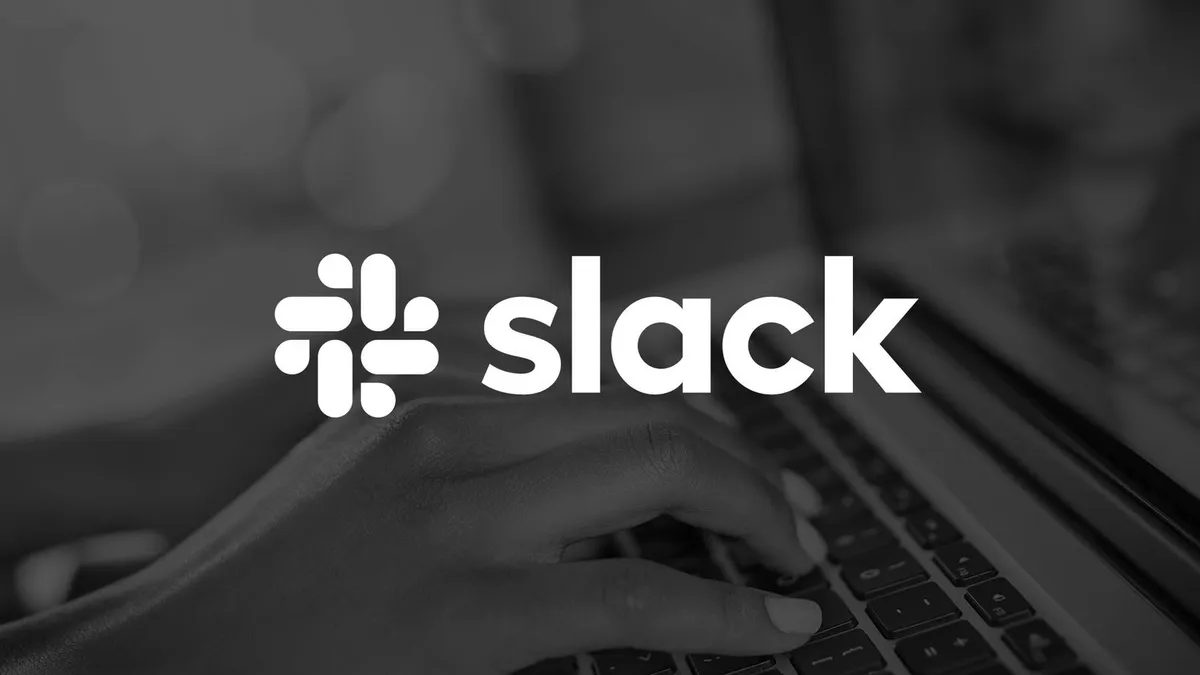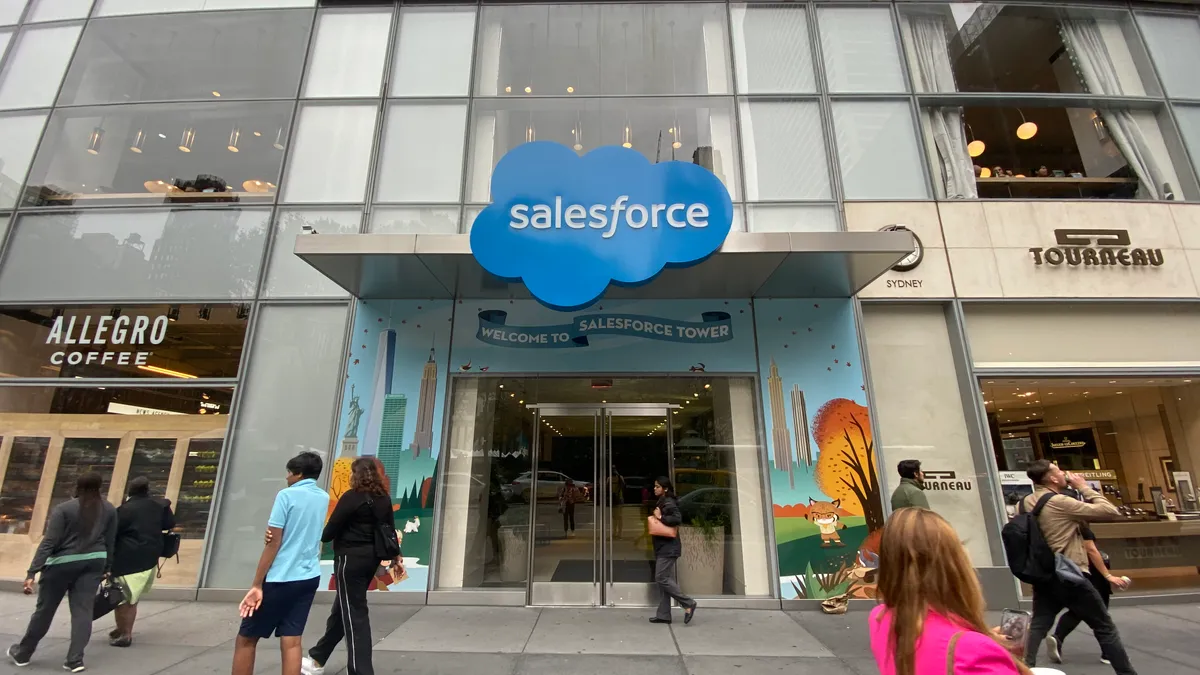For an enterprise technology executive, consolidation in the software market can mean new features or a pricing windfall as providers team up. But it also means the list of potential software vendors to turn to is shortening.
Slack and Salesforce's acquisition, announced in December, marks a growing trend of consolidation in the software space. Mergers and acquisition deals across all technology sectors represented $485 billion in value during the second half of 2020, according to a report from Hampleton Partners. That figure is higher than full-year totals for every year except two since 2002.
Disclosed M&A deal value for enterprise software M&A deals in the second half of 2020 was $112 billion, the highest amount on record according to the firm.
A deal such as Salesforce's acquisition of Slack can be a double-edged sword for the enterprise user, according to Raul Castanon, senior research analyst, S&P Global Market Intelligence’s 451 Research.
"The trend towards integration simply shows that there are many benefits towards aggregating the capabilities across different solutions," said Castanon. On the other hand, combining large players in the space can lead to a smaller pool of options for customers to draw solutions from.
In its review of the Salesforce acquisition deal, the Department of Justice's Antitrust Division sent a request for additional information. The request will help the division predict whether a future merger will be anti-competitive, according to Sarah Oh, senior fellow at the Technology Policy Institute.
"Even though it does create some synergies that benefit customers, it also reduces the options, and it kind of raises the bar for emerging startups," said Castanon. "So it could be very easy to wipe out smaller competitors just based on size alone."
For the tech executive overseeing purchasing decisions, platform integration can represent an inflection point, a chance to scope out what other solutions can solve for an organization's tech challenges, according to Barry Glauberman, senior research director at Gartner.
"This is an opportunity to look and see what else is out there," Glauberman said. For competitors in the software space, it's also an opportunity to grab customers.
The field of options will likely look different if the trend of platform integration ensues, particularly for innovation, Castanon said. "It's always a concern if the attention just concentrates on a smaller number of players, I think it really impacts entrepreneurs trying to come up with different solutions," he said.
What's a business customer to do?
CIOs need to stay aware of potential platform integration and how it may impact them, especially as more of the business now takes place digitally. Slack, for example, has billed itself as a quarantine-era replacement for the physical headquarters. Microsoft, a competitor in the collaboration space with its Teams product, puts forth a bundled approach to enterprise tools.
For existing customers of vendors undergoing integration there are three areas of impact to watch, according to Glauberman:
-
Product: Tracking any chances to the product roadmap that may impact how the organization operates, for example phasing out specific features.
-
Pricing: Changes to the pricing model may impact what the use of a platform costs the organization.
-
Support: Shifts in the support model, such as new online support apps, could alter how an organization gets to sustain usability of a product.
"Communicating with customers during the M&A process, during the integration process, is a very important element to any successful tech acquisition," said Glauberman. "It is incumbent upon the vendor to make sure that there is a continuity of a great customer experience."
Despite ongoing integration in the software market, the average number of enterprise applications in use remains high, according to Okta's Businesses @ Work report. The average enterprise uses 88 apps, but the average tech company deploys up to 155 apps.
Companies "will still have to bring in other vendors" into the mix in order to get their work done in the coming five years, said Castanon. "In the end, that means that someone like Microsoft will simply have to provide an open environment that allows that."
Thus far, Slack is open to integration across vendors, as it advances on its strategy to become a connective layer for work.
"We want to underscore that our entire business is grounded in open access," said Jonathan Prince, VP communications and policy at Slack, in an email sent right after the DOJ request was announced. "We want our customers to have the flexibility to make the best choices for their teams, and we are committed to remaining software agnostic to guarantee exactly that."















